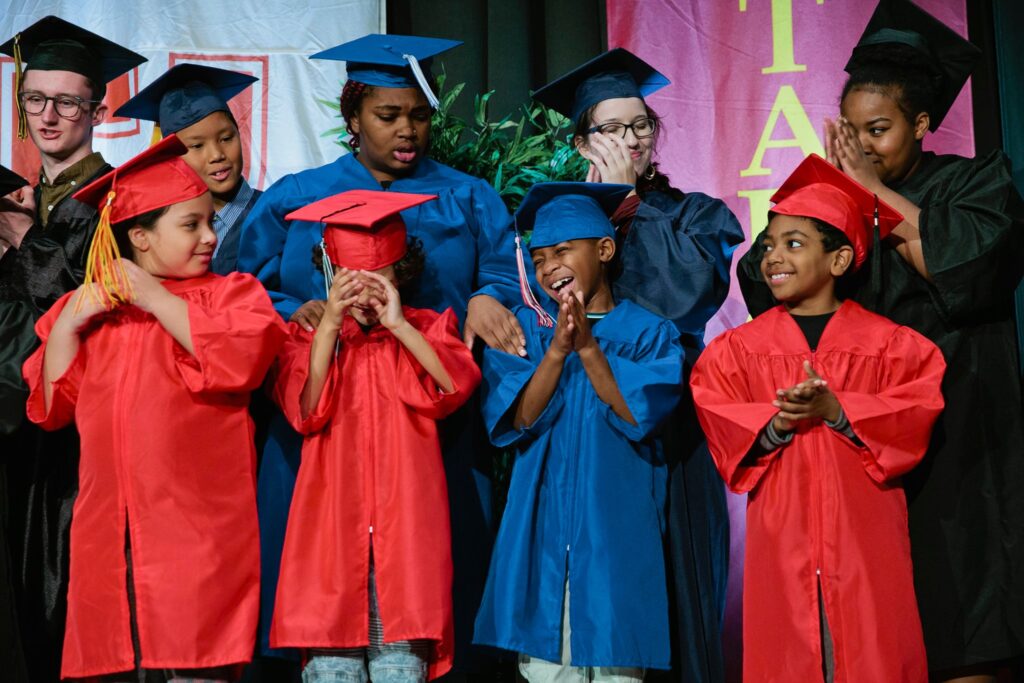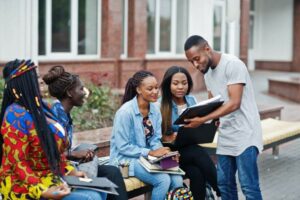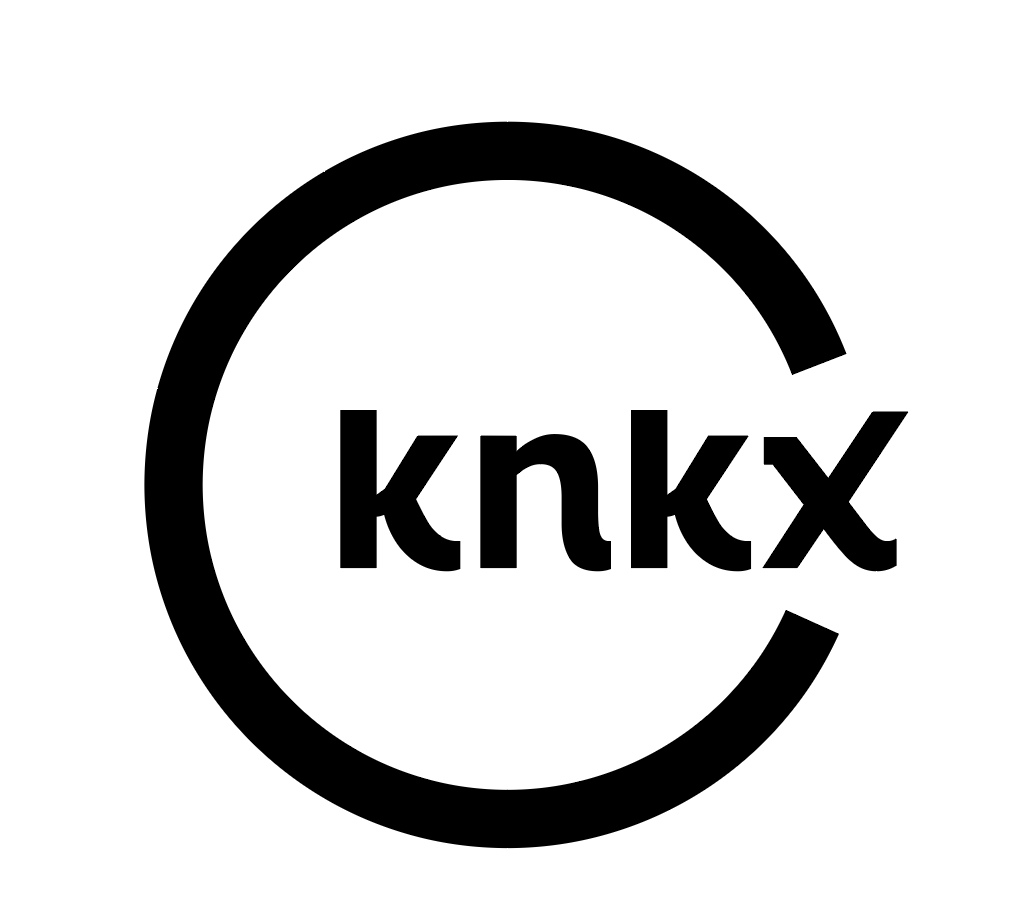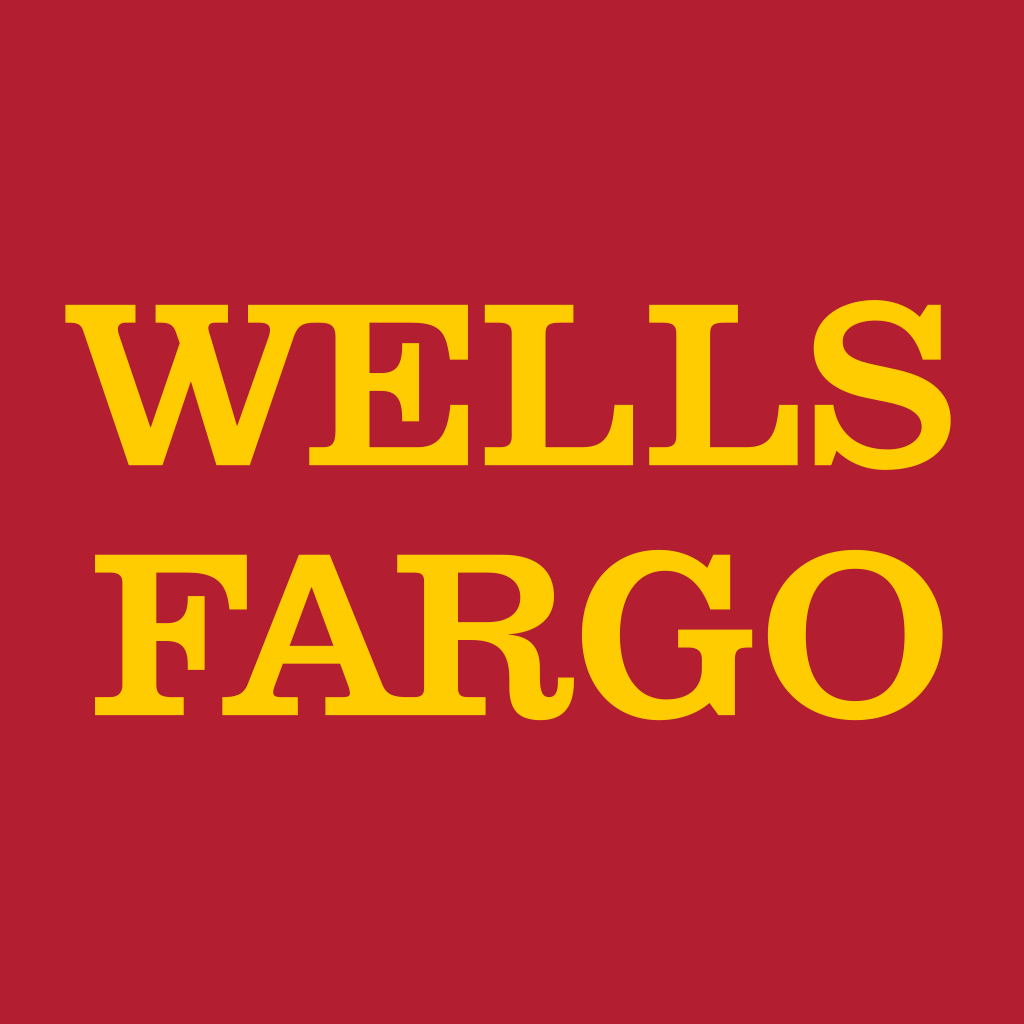This blog series spotlights the ten policy recommendations from our latest Making the Case Report: A Policy Blueprint to Increase Financial Aid Uptake. Each week, we’ll focus on a key strategy designed to increase FAFSA/WASFA completion and financial aid attainment.
While we explore these specific policy recommendations, our team will continue to track and report on the broader legislative landscape. We’ll keep you updated on bills related to student-centered policies throughout the 60-day session. For a real-time update of relevant bills, please visit our 2024 bill tracker.
The pursuit of a postsecondary degree can be a costly undertaking for many students. One transformative strategy to alleviate the rising cost burden of higher education involves establishing tuition-free programs, commonly known as “college promise” initiatives. Across the nation, over 400 local and 30 statewide promise programs have emerged, offering financial aid, often through tuition-free guarantees. These programs, supported by states, local governments, and philanthropy, vary in eligibility criteria and aid generosity. In Washington, the foundational elements for a robust statewide college promise program are already in place. The Washington College Grant (WA Grant) provides complete coverage of tuition and fees for students from households earning up to 55% of the state median family income. By seamlessly integrating and marketing these programs, Washington can pioneer a straightforward Statewide College Promise Program.
Policy Recommendation #7
One way to lower the cost of college is by creating tuition-free programs, also known as “college promise” programs.
College promise programs provide financial aid, typically through a tuition-free guarantee to students within a specified state or locale. More than 400 local college promise programs and more than 30 statewide promise programs currently exist and have been created by states, local governments, and philanthropic efforts. Some programs are limited to community colleges, while others include public and private nonprofit four-year institutions. In some instances, they are targeted towards specific programs, such as those that train students for employment in high-demand fields. Promise programs vary in eligibility requirements and the generosity of the aid provided. For example, they may have income limits or academic requirements. In terms of generosity, some are “first-dollar” where they eliminate tuition before other aid is applied, while others are “last-dollar” and cover remaining tuition not covered by federal or other aid money.
In Washington we have in place the fundamental building blocks of what could effectively be packaged as a statewide college promise program. The Washington College Grant, or WA Grant, is an entitlement program that covers 100% of tuition and fees at any higher education institution for students from households earning up to 55% of state median family income. Through the Washington Guaranteed Admissions Program (WAGAP) any high school graduate with a GPA of 3.0 or higher can enroll in any of the state’s public four-year institutions, with the exceptions of UW Seattle and UW Bothell.
These two programs should be integrated and marketed as a simple and straightforward Statewide College Promise Program. In the near term this would have a powerful effect on how they are communicated to and understood by eligible students and families. Longer term, this would create a new structure that could be gradually expanded by adjusting the dials for income eligibility.
Example
In 2015, Tennessee Gov. Bill Haslam signed legislation that established Tennessee Promise, a last-dollar scholarship program that allows recent high school graduates an opportunity to earn two years of college credit toward an associate degree or certificate without paying tuition or fees. In order to be eligible for a Tennessee Promise scholarship, students must fill out the FAFSA by a certain date. Any scholarship awards are then calculated based on the other sources of aid that they receive. The program has enrolled more than 108,000 students over the past seven years.
Oregon Promise has increased the perception of college affordability in the state, especially for first-generation college students.
















